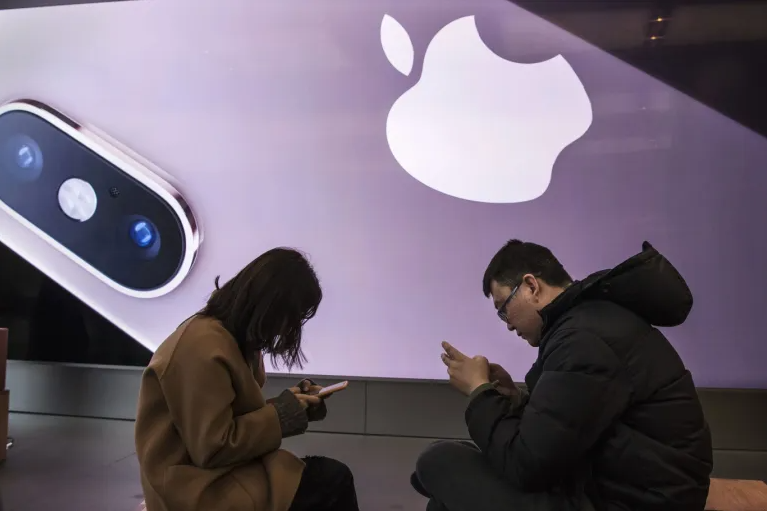
Chinese authorities claim to have found a solution to identify users of Apple’s encrypted service, AirDrop, according to a report by Agence France-Presse. AirDrop allows users to share content anonymously with nearby devices from the same brand, and the Chinese authorities have been closely monitoring media and the internet, exercising control over any content they believe may negatively portray state policies or cause disruptions.
To evade censorship, iPhones were able to exploit a loophole through the AirDrop feature, allowing for the transmission of messages critical of the ruling Communist Party, particularly after a rare demonstration in Beijing in October 2022, as reported.
Apple, recognizing China as a key market, has taken steps to restrict this feature in the country. The judicial authorities in Beijing confirmed on Monday that a local institute managed to break the encryption of AirDrop, eliminating the ability to conceal user identities. According to authorities, this allows the identification of the transmitter’s device number, phone number, and email address.
The report notes that Agence France-Presse has not independently verified these claims. The statement released by the authorities did not specify whether this technology has led to arrests or convictions related to the exchange of unlawful content.
Since 2022, all iPhones sold in China automatically deactivate the AirDrop option after 10 minutes, significantly reducing the likelihood of receiving unexpected files from strangers and, consequently, exchanging sensitive messages without oversight. This restriction has since been expanded to Apple devices worldwide.
Apple products, from iPhones to iPads, enjoy immense popularity in China and constitute one of the company’s major markets outside the United States. Apple has consistently refrained from taking a stance on sensitive issues or causing any disturbance to Chinese authorities. The company’s CEO has met with top officials on multiple occasions.
In 2019, Apple faced criticism when it allowed an app in Hong Kong that revealed the police’s location on a map, drawing attention during massive pro-democracy protests in the region.
Leave a Reply